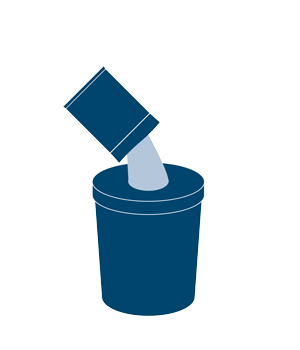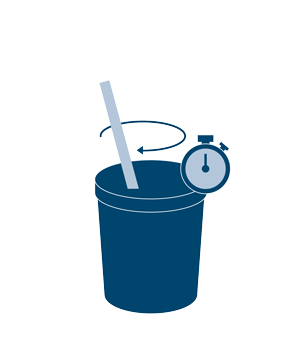Water quality and water-soluble
medications for pigs
A refresher course
Clean water and high-quality water are essential to get the best results from water-soluble medications and the best return on your investment.
Water quality can impact delivery of therapies in several ways:
- Pathogens in the water line can interfere with the effectiveness of the medication
- Buildup inside the lines can restrict flow and prevent correct dosages
- Unpalatable water can reduce intake

The right water strategy
for your farm
Water soluble medications are economical, effective tools to treat pigs faster when delivered using correct mixing protocols and a quality water source. What should you keep in mind when developing your water-soluble medication treatment strategy?

Cleanliness
matters
How can you save time and money without cutting corners or getting less than ideal results? Clean water lines improve the efficacy of water-administered medication. Here’s how it works.

Troubleshooting your water-
soluble medications for pigs
Have you had a bad experience with water-soluble medications? Did you have a hard time getting medication to dissolve, or did you get poor results?
Don’t let a bad experience turn you off of the convenience and effectiveness of water-soluble medications. Read through our troubleshooting guide or reach out to us with questions.

A dose of water-soluble medication contains more water than medication. While the medication addresses a specific challenge, the water is the tool that delivers the dose to the pig.
Water quality and cleanliness are essential for effective delivery of medications and a key to solving the challenge and getting your money’s worth from the product.
Water-soluble medication such as Aivlosin® Water Soluble Granules (62.5% w/w Tylvalosin as Tylvalosin Tartrate), Pennchlor 64® (chlortetracycline HCl) Soluble Powder Concentrate and Pennox 343® (oxytetracycline HCl) Soluble Powder check a lot of boxes compared to other medications.
- Are faster and easier than in-feed or injectable medications
- Requires less time and labor to administer to groups of swine in buildings than other methods
- Are effective, making them a judicious use of antibiotics
